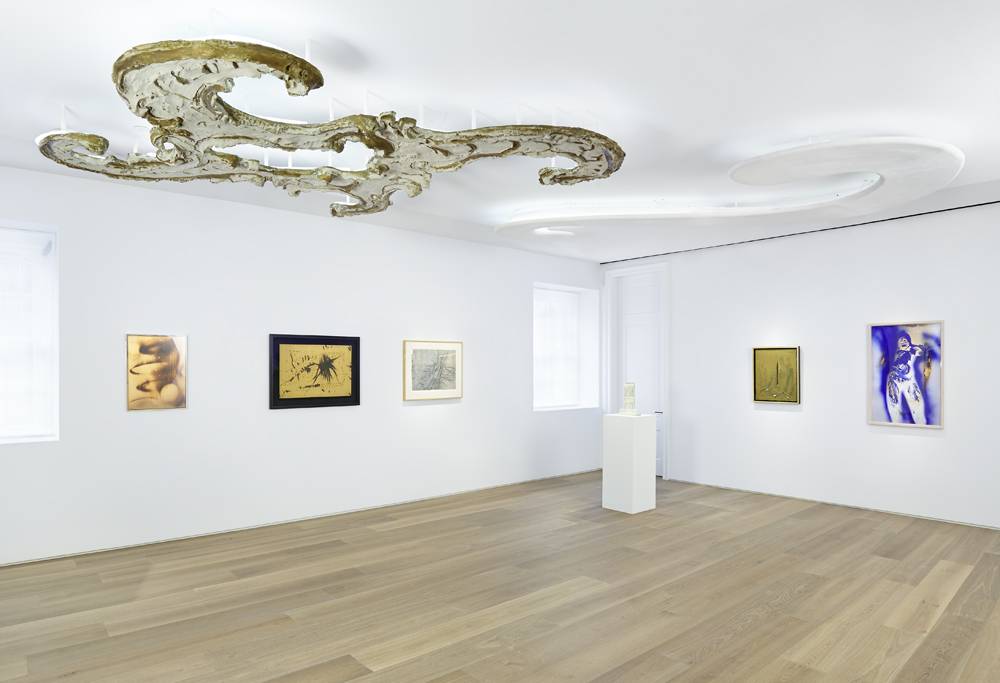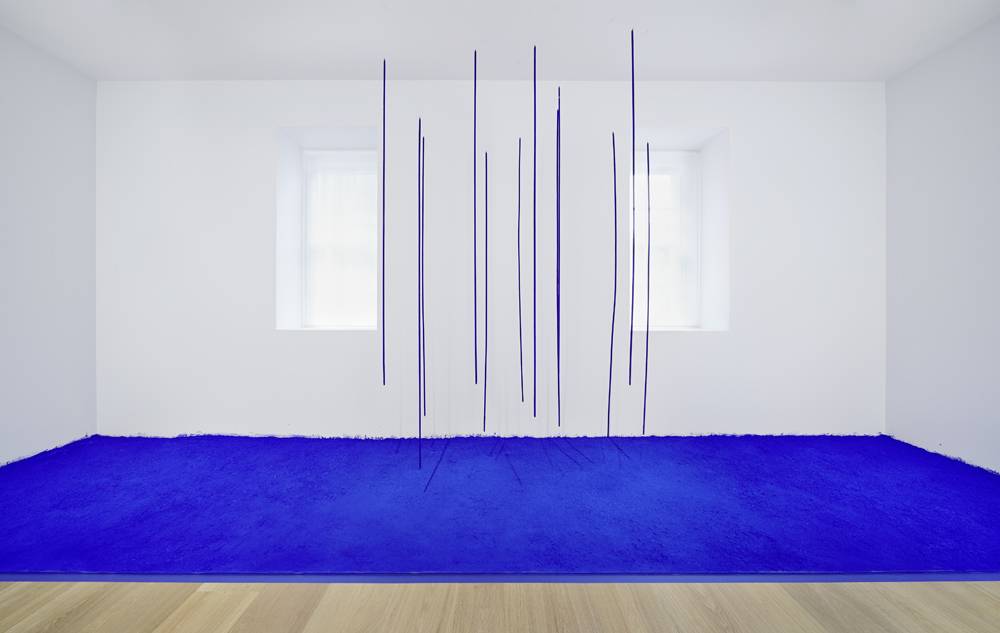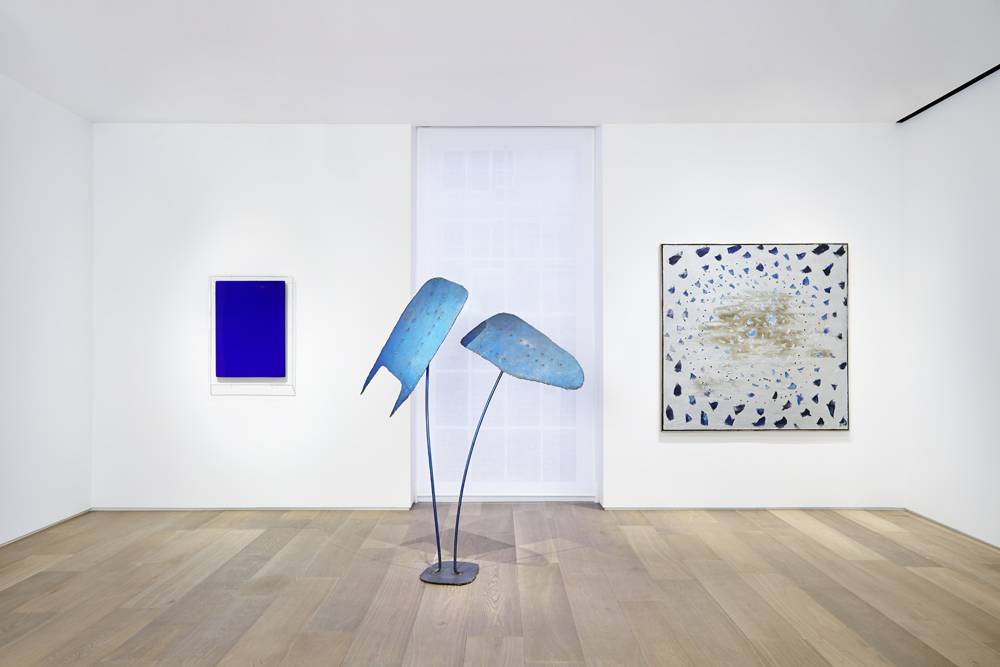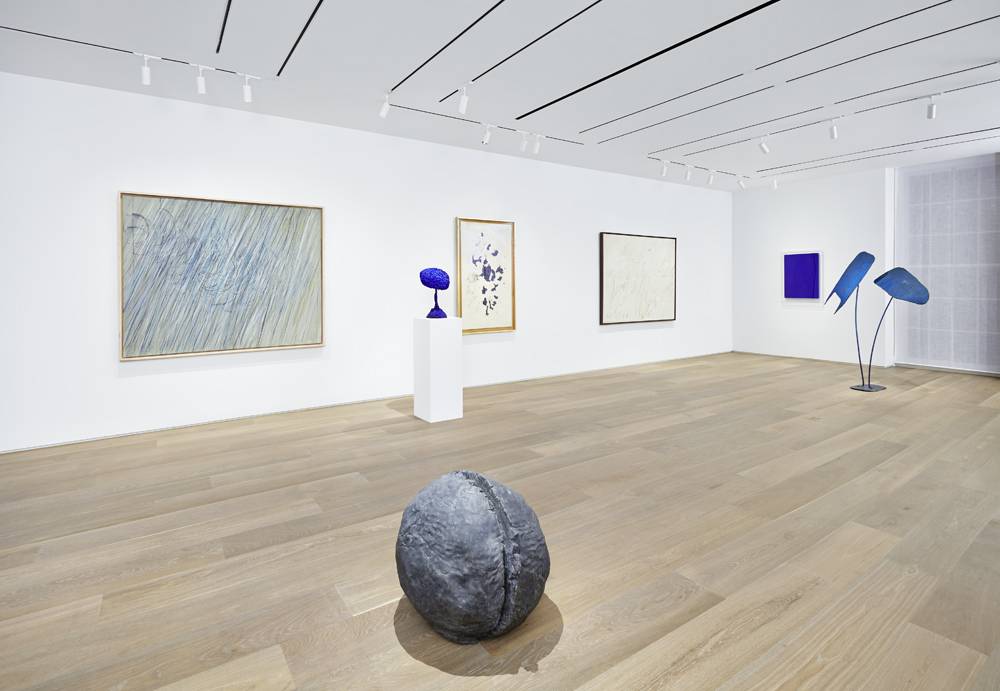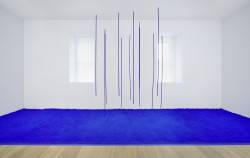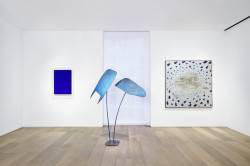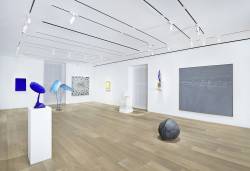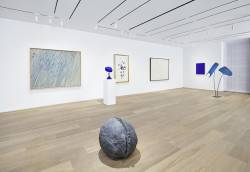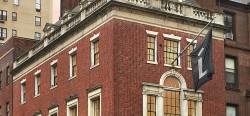Haute Event: Dominique Lévy Celebrates New Gallery

Connoisseur, collector, advisor, and gallerist Dominique Lévy is admired internationally as a leading expert on the work of such postwar masters as Alexander Calder, Alberto Giacometti, Yves Klein, Mark Rothko, and Andy Warhol. Her gallery will present innovative historical exhibitions of such influential European and American figures as well as showcases of exceptional new work by living artists and special commissioned projects. The gallery also will focus upon private sales in the secondary market; produce original scholarship and key publications; provide advisory and collections management services; and participate in art fairs internationally. She is on both primary and secondary art markets.
Dominique Lévy, formerly the director of private sales of modern, post-war, and contemporary art at Christie’s and founding partner of L&M Arts, formed her eponymous gallery in January 2013. Last week was the inaugural launch of her new gallery’s home in NYC on 909 Madison Avenue at 73rd street. The Paris-based contemporary art dealer Emmanuel Perrotin, who is opening a New York branch, has joined her in the 9,000-square-foot former bank building. He will will occupy the ground floor, as well as a floor below street level.
The first exhibiton at the new gallery space, Audible Presence: Lucio Fontana, Yves Klein, Cy Twombly, was curated by Dominique Lévy and Associate Director Jennifer G. Buonocore, and organized with support from the Yves Klein Archives, Paris, and the Fondazione Lucio Fontana, Milan, Audible Presence will present more than 30 paintings and sculptures. Among these are rare masterpieces loaned by The Broad Art Foundation, Santa Monica; The Museum of Modern Art, New York; The Menil Collection, Houston; and Robert Rauschenberg Foundation, New York. The exhibition will remain on view through November 16th.
Spanning a thirty year period, Audible Presence reveals moments of conceptual and formal resonance between carefully selected works of art by Fontana, Klein, and Twombly. While the monochromatic surfaces on view – cut, pressed, burned, inscribed, or otherwise violated – reflect distinct dynamic, sensual, and romantic approaches to abstraction, they emerged from a shared Mediterranean climate and engagement with an international community of influential dealers and critics such as Iris Clert and Pierre Restany. Among the evocative, intimate, and experiential works of art on view will be an early environmental installation – Soffitto (1949) – conceived by Fontana for a private residence in Milan and never before exhibited in the United States; the monumental Untitled Sponge Relief (RE 23) (1957) by Klein, the only all-white sponge painting the artist ever created; a vibrant International Klein Blue (IKB) monochrome painting, Untitled (IKB 100) (1956), acquired by Fontana from Klein’s 1957 exhibition at Galerie Apollinaire, Milan, on loan to this exhibition from the Fondazione Lucio Fontana; Fontana’s non-objective portrait of a Venetian blue sky, Concetto Spaziale, Il Cielo di Venezia(1961); and Twombly’s attempt to capture the experience of warm Italian light, a cream canvas with crimson and gold markings called Sunset (1957), created the year the artist permanently relocated to Rome.
According to Yves Klein, the origins of his aesthetic and personal development coincided with an early idea for a symphony consisting of a single prolonged tone – a concept originally conceived with two friends on a beach in the South of France. “During this period of concentration,” Klein wrote, “I created, around 1947-1948, a monotone symphony whose theme expresses what I wished my life to be.” What began as a spontaneous experiment for three voices, evolved into Monotone-Silence Symphony – a challenging work formally scored for a small orchestra and chorus in 1960. The Monotone-Silence Symphony was Dominique Lévy’s key source of inspiration for Audible Presence.
In conjunction with the exhibition, Dominique Lévy presented New York City’s first public performance of Monotone-Silence Symphony at the Madison Avenue Presbyterian Church on September 18th. This powerful perceptual encounter unfolded over 40 minutes. Seventy musicians and singers held a single continuous tone for a 20-minute period. The performers then will remain frozen and motionless in observance of a 20-minute period of absolute silence. Of that soundlessness Klein wrote, “This silence is so marvelous because it grants happenstance and even sometimes the possibility of true happiness, if only for only a moment, for a moment whose duration is immeasurable.”
Monotone-Silence Symphony was performed only once during the artist’s brief lifetime, on the night of March 9, 1960 as one part of the happening Anthropometries de l’époque bleue at the Galerie internationale d’art contemporain in Paris. For that event Klein conducted a small group of musicians as they played his symphony and directed three nude models – his “living brushes” – in the creation of Anthropometry paintings by covering their bodies with blue paint and pressing themselves against blank sheets of paper lining the walls and floor. Reflecting on his experience of sound in his symphony, Klein writes, “This continuous sound… emerged from space even while remaining in it, penetrated it anew, then returned to silence… deprived of its attack and of its conclusion…. It was silence – an audible presence!”

